Behaviors in Apple Motion
No time to create keyframes? How about custom text animation? Need to make some fast animations? Worry no more, Behaviors in Apple Motion will help you.
What are 'Behaviors' and how can they speed up your animation process?
Behaviors are somewhat presets in Apple Motion, once applied to the selected layer, a predefined animation will happen, however some Behaviors need some parameter adjustment for it to work.
There are different Behaviors available for us to use in Apple Motion. There are Behaviors for texts, for Shapes, for Audio, etc.
You can access the Behaviors in two areas, a) library and b) is selecting the cog icon in the middle of the canvas.
As a beginner, I recommend you to use the Library when selecting your Behavior. The main reason for this is that you can preview what the Behavior can do.
How to use Behaviors in Apple Motion
Using Behaviors is very easy. First, select your layer, Second, go to your desired behavior, Third, select apply, and Lastly, adjust the parameters inside the Behavior to suit your needs. But before you do those steps, please be reminded that some Behaviors will not work on some layers. For example, Text Behaviors will not work on Shapes and vice versa.
You will immediately see the effect of this Behavior on our text. Now, let us inspect our text layer. After applying our behavior, you will notice the behavior is now visible on our timeline and length of it is at the 2 second mark.
Behaviors can have different durations, in this screenshot, you will see that the behavior “Sequence Text Behavior” occupies the whole length of the text, while the “Hop Out” & “Fade Characters Center In” is much shorter.
Let’s proceed to look at the parameters inside the Fade Characters Center In Behavior. To do that, select your text layer> Fade Characters Center In Behavior > Inspector > Behaviors. Once you have done that, you will be presented with different parameters that you can adjust. We have the Opacity parameter under Format, Controls which contains other options for us to select and adjust.
I will explain the Text Behavior in a different lesson, for now, explore the different properties available for Fade Characters Center In Behavior.
Now, let’s look at a different kind of behavior.
First, let us create a simple Circle on our canvas. Press C on your keyboard and click and drag to make a circle.
Go to Library > Behaviors > Basic Motion > Move
*don’t forget to select your layer first.
Now that we have applied the Move Behavior to our Circle, our timeline and layer will look like this.
As I have mentioned earlier, some behaviors will vary in length. The “Move Behavior” is the same length as our Circle layer. If you go to the Behaviors tab in our Inspector Tab, you will see the different parameters available for us to adjust.
The Move Behavior contains the following parameters, position, strength, direction and speed.
Let’s adjust the parameters to the following and then trim the length of the Move Behavior up to 2 secs and then press Space Bar to preview the new animation.
As you can see on this short clip, our shape moves from -900px up to its main position which is 0px. This is a simple way to animate using the Move Behavior.
So that is an introduction on how to use behaviors in Apple Motion. I hope you have learned something from this lesson. There will be more lessons about Behaviors in the near future, so stay tuned.
Thank you for your time, see you again next time!
